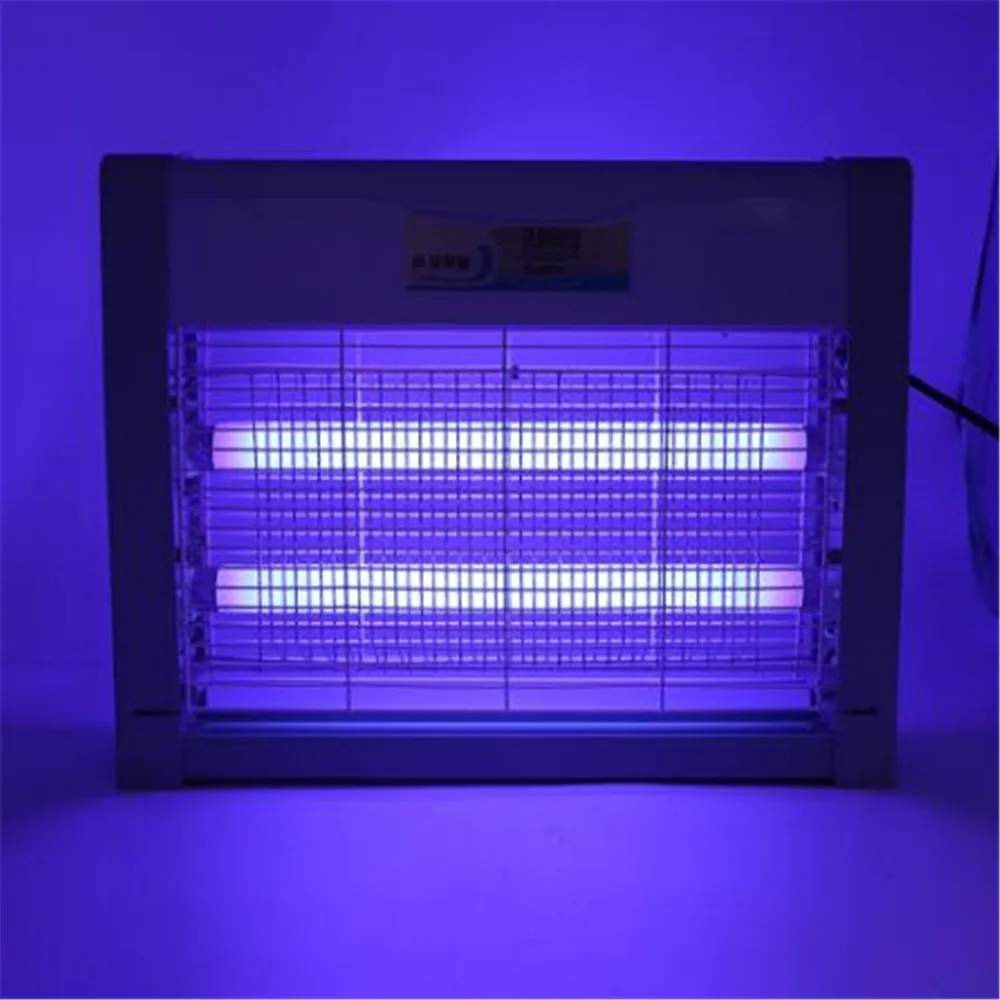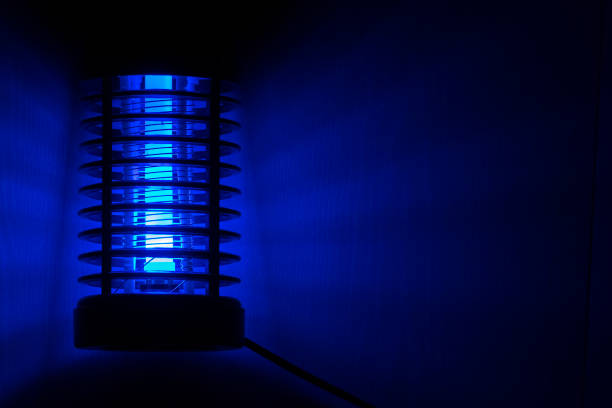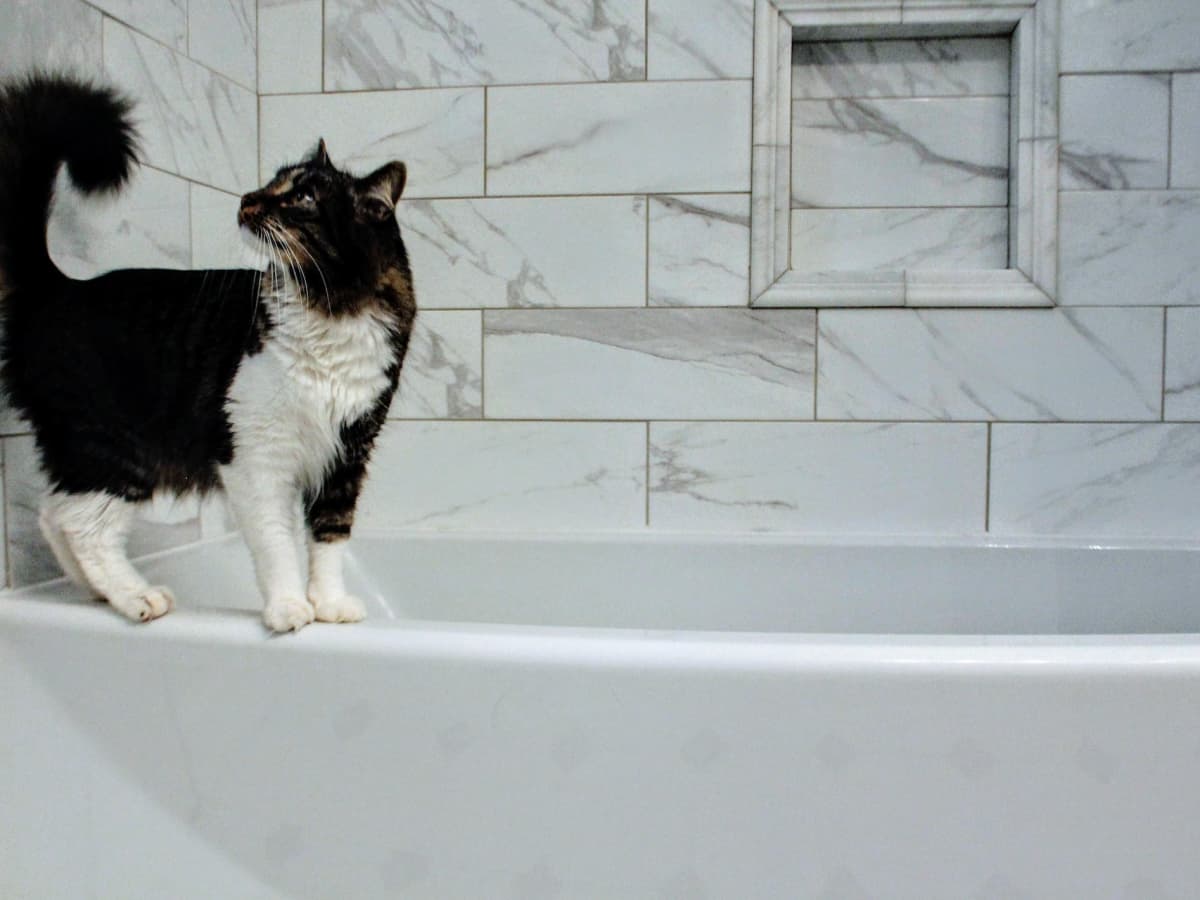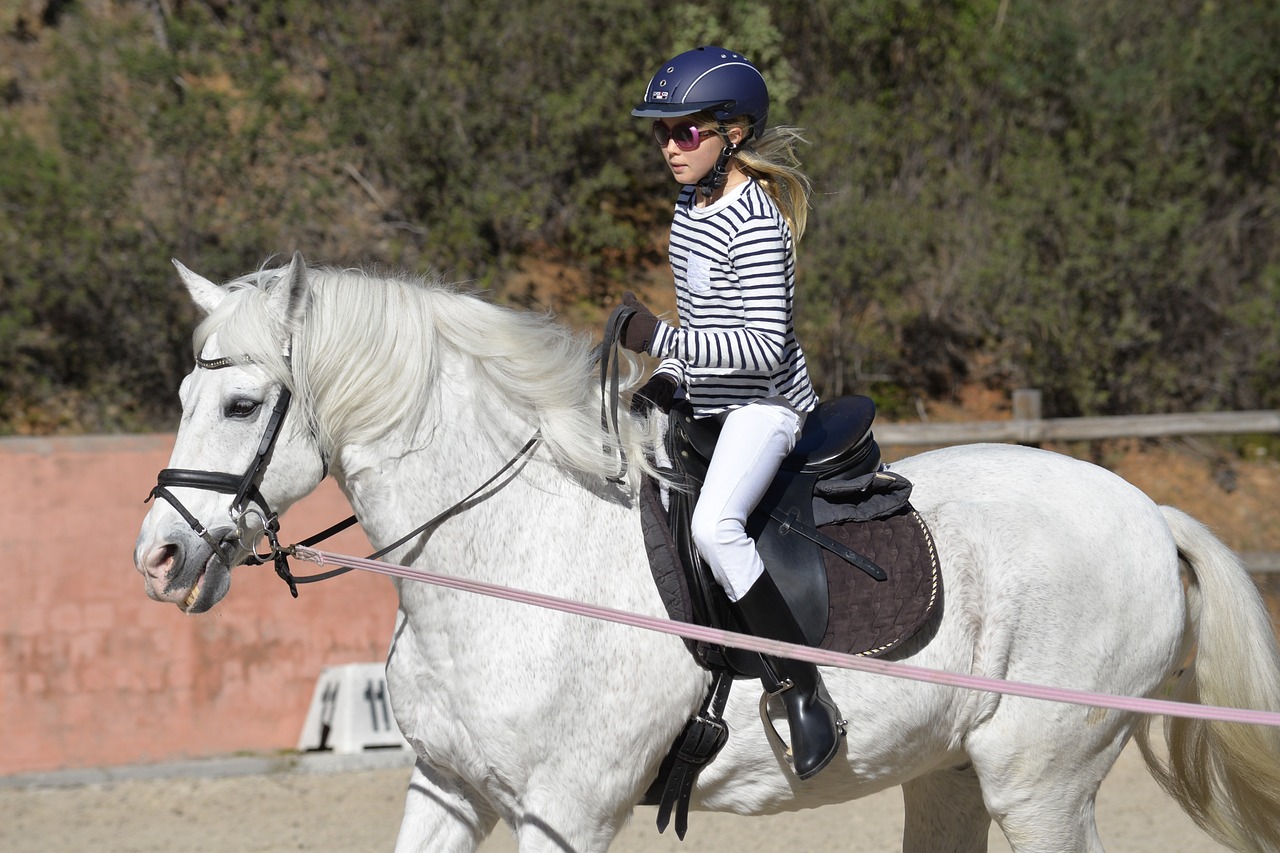Flies are typically attracted to bright and natural light sources, and they do not necessarily “hate” any particular color of light. In fact, different species of flies may be attracted to different colors of light.
Many common household flies, such as houseflies, are often drawn to warm, white, or yellowish lights. This is why you may notice flies gathering around indoor light fixtures, particularly in the evening or at night.
You can use this attraction to your advantage when trying to control fly infestations.
You might consider using light traps or fly zappers that emit the types of light flies are attracted to. These devices can help to capture and kill flies, reducing their presence in your home or other areas where you want to control them.
It’s important to note that the effectiveness of light traps may vary depending on the type of flies you are dealing with, as different species may have different light preferences.
Other factors, such as the brightness and warmth of the light, can also influence their attraction to it.
Colors That Attract Flies

The Colors That Attract Flies and Why:
Flies are attracted to certain colors primarily because of their visual and behavioral characteristics. While flies can see a wide spectrum of colors, they are particularly drawn to the following aspects:
Brightness: Flies are attracted to bright colors, which they associate with light and warmth. This is why they tend to congregate around well-lit areas.
Warm Tones: Flies are more attracted to colors in the yellow, orange, and red spectrum. These colors resemble the warm, glowing colors of sunlight or ripening fruits, which flies often seek out as a food source.
Motion: Flies are also attracted to objects that move or vibrate. Vibrant colors can create the illusion of movement, which can draw flies in.
Examples of Common Fly-Attracting Colors:
Yellow: Flies are particularly drawn to the color yellow. This is why yellow sticky traps are commonly used to catch and control flies.
White: White light bulbs or surfaces can attract flies, especially at night when they mistake the light for daylight.
Red and Orange: These warm colors are also known to attract flies, as they resemble the colors of overripe or decaying fruit.
Bright Green: While not as strong as yellow, bright green can also be attractive to flies, especially in outdoor settings.
The Risks of Using Fly-Attracting Colors in Your Home or Outdoor Space:
Using fly-attracting colors in your living space or outdoor area can have both benefits and risks:
Benefits:
- Pest Control: When used strategically, fly-attracting colors can be employed in traps and devices to help control fly populations.
- Monitoring: By attracting flies to specific areas, you can monitor and assess the severity of a fly infestation.
Risks:
- Increased Infestation: If you have fly-attracting colors in your living space, it can inadvertently draw more flies indoors, leading to a greater nuisance.
- Aesthetic Considerations: Many people find flies unsightly and unpleasant. Having fly-attracting colors in your home or outdoor area may negatively impact the aesthetics of the space.
- Limited Effectiveness: Relying solely on color to control flies is not always effective, as other factors like food sources and cleanliness play a significant role in attracting and maintaining fly populations.
Colors That Repel Flies
The Science Behind Colors That Repel Flies:
The concept of colors that repel flies is based on understanding how flies perceive colors and their natural behaviors. Flies have compound eyes with thousands of individual lenses, allowing them to see a broad spectrum of colors.
However, certain colors flies are less attracted to or find less appealing. The science behind these colors typically involves the following principles:
Inconspicuousness: Flies tend to avoid colors that blend in with their natural surroundings. Colors that are less conspicuous to flies may be more likely to deter them.
Cool Tones: Flies are generally less attracted to colors in the blue and violet spectrum, as these colors do not resemble ripe or rotting food sources.
Lack of Warmth: Flies are less likely to be drawn to colors that lack the warmth and brightness associated with sunlight and ripe fruits.
Colors Proven to Deter Flies:
- Light Blue: Flies tend to find light blue colors less appealing, as these hues do not resemble their typical food sources.
- Lavender: The color lavender, which has a bluish tint, is often considered less attractive to flies.
- Pale Green: Light or pale green colors can also be less appealing to flies compared to brighter, warmer colors.
- Silver or Gray: Flies are less likely to be attracted to neutral, metallic colors like silver or gray.
How to Incorporate These Colors into Your Surroundings:
To incorporate fly-repelling colors into your surroundings and help deter flies, you can consider the following methods:
Paint: Use light blue, lavender, pale green, or silver/gray paint for walls, furniture, or outdoor fixtures in areas where you want to discourage flies.
Decor and Accessories: Incorporate these colors into your interior decor, such as curtains, tablecloths, or cushions, to create an environment that is less attractive to flies.
Clothing: Wear clothing in these colors, especially when spending time outdoors, to help reduce fly attraction.
Outdoor Spaces: Choose outdoor furniture, awnings, or garden elements in fly-repelling colors to make your outdoor spaces less fly-friendly.
Light Bulbs: If you use outdoor or patio lighting, consider using bulbs that emit cooler, bluish light to reduce fly attraction in the evening.
FAQs
What color light do flies hate?
The color blue most repels flies. They strongly dislike blue light.
Does red light deter flies?
No, red light does not effectively deter flies. Flies are relatively indifferent to the color red.
Does green light repel flies?
Yes, flies have an aversion to green light, and it can help discourage them from certain areas.
Is yellow light effective in keeping flies away?
No, yellow light is not a color that flies particularly hate. It doesn’t significantly deter them.
Does black light repel flies?
No, black light does not repel flies. Flies are relatively indifferent to the color black.
Will white light discourage flies?
No, white light does not deter flies. Flies are neutral towards white.
Do flies dislike ultraviolet (UV) light?
Yes, flies have a strong aversion to UV light, making it an effective choice for fly control.
Is infrared light effective in repelling flies?
No, infrared light does not repel flies. It has no significant impact on their behavior.
What about purple light – does it deter flies?
Yes, flies somewhat dislike purple light, but it may not be as effective as blue or UV light.
Does orange light keep flies away?
No, flies are generally indifferent to the color orange, and it doesn’t discourage their presence.
Are bug zapper lights with specific wavelengths effective against flies?
Yes, bug zapper lights, often using UV or specific wavelengths, attract and eliminate flies rather than repelling them.
Conclusion
In summary, light colors such as light blue, lavender, pale green, and silver/gray are less attractive to flies due to their inconspicuousness and cooler tones.
While these colors can help deter flies to some extent, they are not a guaranteed solution for fly control. Combining the use of these colors with proper sanitation, fly traps, and other preventive measures is the most effective way to manage fly infestations.
Indeed, creating a fly-free environment is not only about color choices but also about maintaining cleanliness and employing a holistic approach to pest control.











